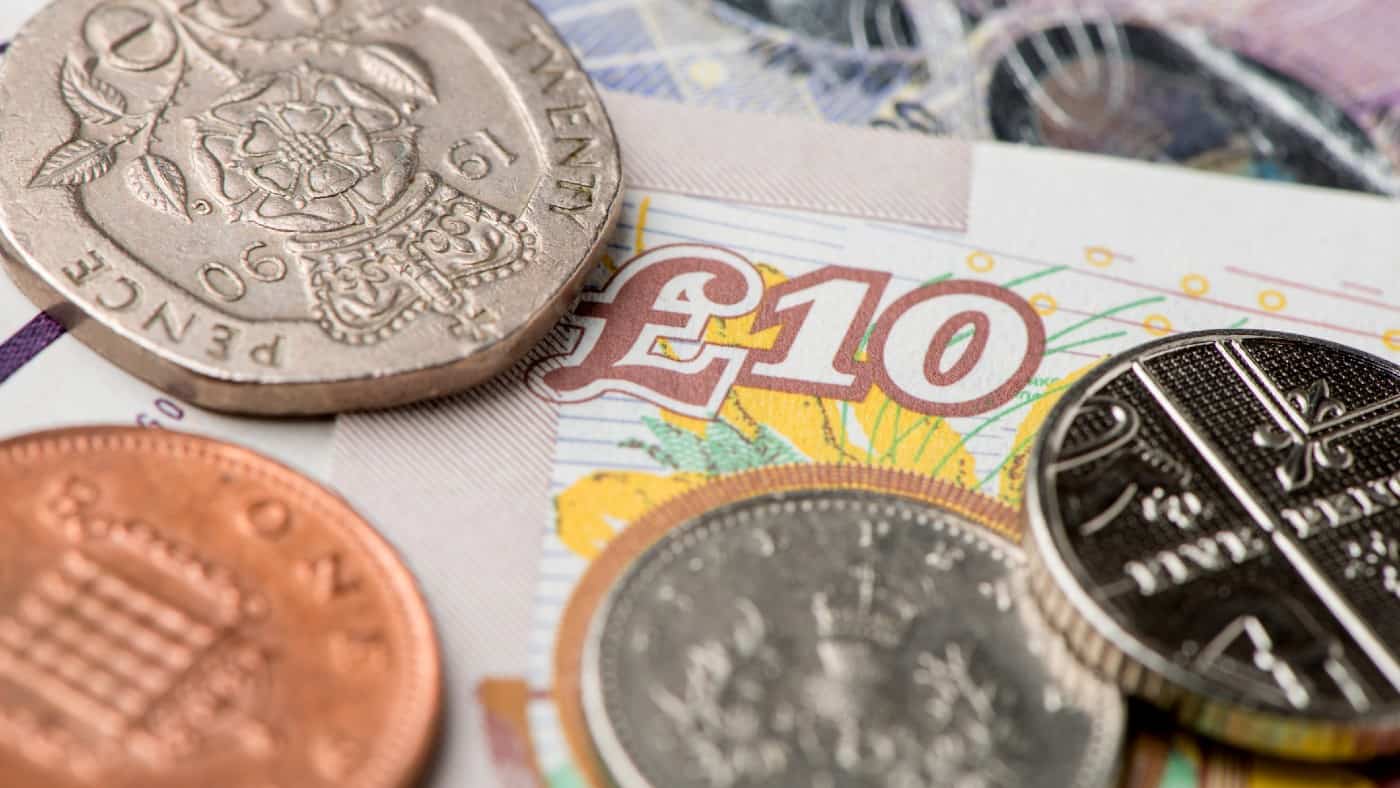There’s an expression used to refer to stocks with a dividend yield in excess of what traditional investors expect. Such stocks are referred to as ultra-high-yield. If I had £1,000 that I wanted to put into income-paying stocks, here’s how (and where) I’d look to invest. Would I buy very high yielders?
Noting more ultra-high-yield stocks
The FTSE 100 average dividend yield has risen over the course of this year. It now sits around 3.5%. One reason for this in the short run is the FTSE 100 stalling, despite companies reestablishing or increasing their dividends per share. This has helped to create ultra-high-yield stocks.
For example, over the past few months, the FTSE 100 hasn’t really made any gains and has been ranging between 6,800 and 7,200 points. So the share price for an average constituent has also remained fairly flat.
Should you invest £1,000 in Rio Tinto right now?
When investing expert Mark Rogers has a stock tip, it can pay to listen. After all, the flagship Motley Fool Share Advisor newsletter he has run for nearly a decade has provided thousands of paying members with top stock recommendations from the UK and US markets. And right now, Mark thinks there are 6 standout stocks that investors should consider buying. Want to see if Rio Tinto made the list?
At the same time, most sectors have seen a much better 2021 in comparison to a pandemic-hit 2020. Some companies have increased the dividend per share payout to reflect this in mid-year results. So if the share price is the same but the dividend per share has increased, the overall dividend yield goes up.
Alternatively, some firms have kept the dividend payout the same, but have seen a falling share price over the summer. This too can create ultra-high-yield stocks, but arguably not the best ones for me to consider buying with £1,000!
Being careful when picking stocks
Personally, before I’d buy any ultra-high-yield stocks, I want to know why the yield has increased. Ideally, the best kind to buy are those that are seeing a rising share price, but a much larger rise in the dividend per share. This would increase the yield, but at the same time show that the company is performing well.
The issue with some stocks that have seen yields creeping up to 8%, 9% or even 10%+ is that the outlook might not be great.
For example, the Rio Tinto dividend yield has risen over the course of the summer and now sits above 10%. That has come as the share price has fallen almost 20% over the past three months. Concerns over a slowdown in China have seen commodity prices fall. As a mining stock, this has directly impacted the business. I’m not sure the outlook is that positive going into next year. This might see the dividend per share cut, making this ultra-high-yield dividend stock’s payout potentially unsustainable.
By doing some research, I can find good value though. For example, the SSE share price is up 7% over the past three months. Yet it also has a dividend yield of 5%. Granted, this isn’t an ultra-high-yield stock in the same way as Rio Tinto, but I think the recent performance shows more promise.
Diversifying to lower my risk
I’d split my £1,000 and invest in half a dozen dividend stocks. I’d pick a couple ultra-high-yield stocks, that I’d classify as higher-risk. For the other three or four shares, I’d lower my yield and buy lower-risk stocks in the 5%-6% yield bucket.
Overall, I think this could help me to benefit from the income payouts of high-yielders, but at the same time reduce the risk inherent in high-yield stocks going forward.








